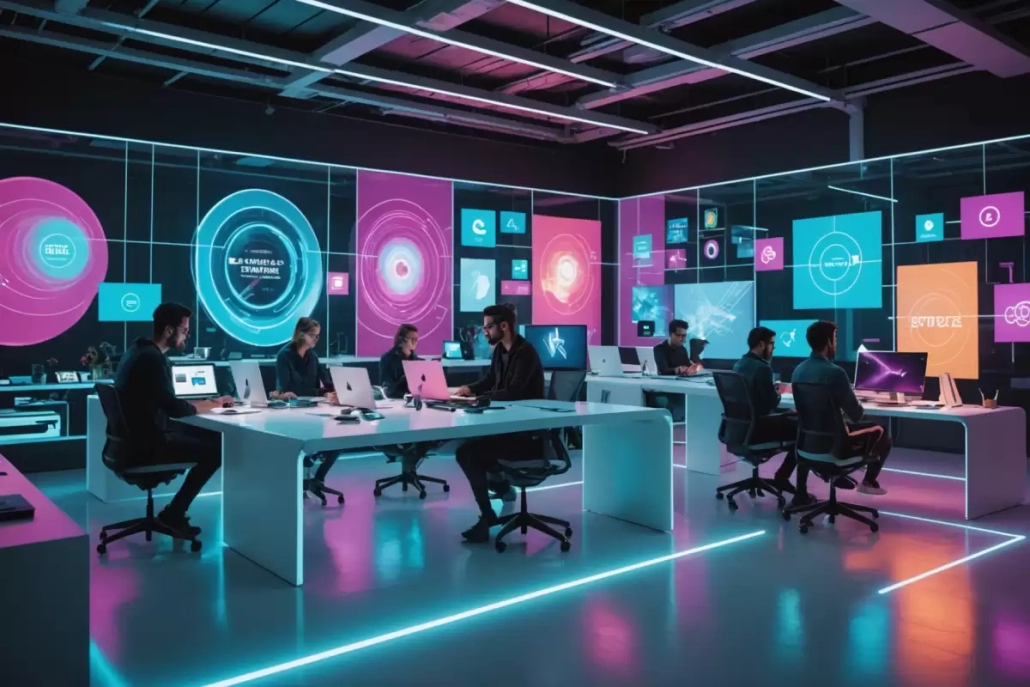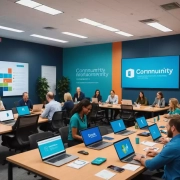Mastering Website Design: Crafting User-Centric Digital Experiences for Entrepreneurial Success
In the ever-evolving world of business, staying ahead of the curve often means embracing change and innovation. For many entrepreneurs, this involves not just tweaking their business models but also rethinking the very tools they use to engage with their audience. One such tool that has become indispensable in the digital age is the website. But, let’s be honest, building and maintaining a website can sometimes feel like trying to assemble flat-pack furniture without the instructions. Ever been there? It’s a game-changer when you finally get it right.
Let’s dive into the realm of website design, where the art of creating a user-friendly interface meets the science of functionality. The goal is to create a seamless experience for your visitors, ensuring they find what they need without unnecessary hassle. This is where the concept of user interface (UI) design comes into play. A well-designed UI can make the difference between a visitor who bounces off your site immediately and one who sticks around to learn more about what you offer.
For business owners, particularly those in the adventure tourism industry, the website is often the first point of contact with potential customers. It’s your digital storefront, and just like a physical store, it needs to be inviting, easy to navigate, and reflective of your brand’s personality. Think of it as the online equivalent of a warm smile and a friendly greeting when someone walks through your door.
Now, if you’re wondering how to achieve this, take a leaf out of MyAdventure Group’s book. They’ve recently explored the intricacies of website design in their blog post titled ‘Impreza-child’. Their insights delve into the technical aspects of creating a website that not only looks good but also functions smoothly. You can check out their full article here. It’s a fantastic resource for understanding how to implement design elements that enhance user experience, such as intuitive navigation and responsive design.
But why stop there? While MyAdventure Group provides a technical overview, let’s talk about the human element. After all, your website should resonate with the people who visit it. This means incorporating elements that speak to your audience’s desires and emotions. For instance, if you’re in the adventure tourism business, your site should evoke a sense of excitement and possibility. Use vibrant images, compelling stories, and engaging calls to action that inspire visitors to imagine themselves embarking on their next great adventure with you.
Now, you might be thinking, “This all sounds great, but how do I actually implement these changes?” Well, it starts with understanding your audience. Who are they? What are they looking for when they visit your site? What problems can you solve for them? Once you have a clear picture of your target audience, you can tailor your website to meet their needs.
Incorporating feedback is also crucial. Don’t be afraid to ask your users for their opinions. What do they like about your site? What frustrates them? Use this feedback to make informed decisions about updates and improvements. Remember, a website is never truly finished; it’s a living, breathing entity that should evolve alongside your business.
To wrap things up, creating a website that truly serves your business and your customers is no small feat. It requires a blend of creativity, technical know-how, and a deep understanding of your audience. For those looking to delve deeper into the world of user-centric design, the Nielsen Norman Group offers a wealth of resources and research on usability and user experience. Their insights can provide additional guidance and inspiration as you embark on your website design journey.
In the end, your website should be more than just an online presence—it should be a reflection of your brand’s values and a tool that helps you connect with your audience in meaningful ways. So, roll up your sleeves, dive into the world of UI design, and create a digital experience that leaves a lasting impression.







